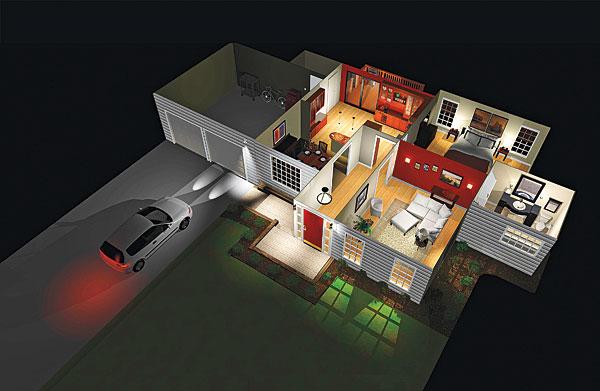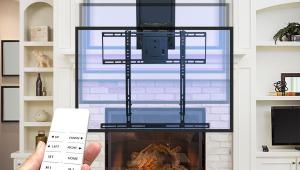A lot of homes, mine included, have gone to replacing their energy sucking incandescent bulbs with energy saving compact florescent.
However, compact florescent bulbs do not play well with dimmer switches.
Is there a good solution to this dilemma and is the solution cheap or readily available at home improvement stores?




































































